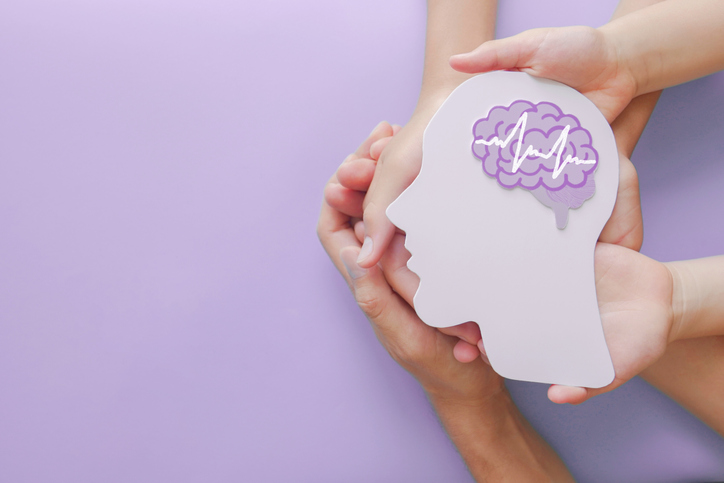
How Women With Sexual Interest/Arousal Disorder Experience Genital Arousal and Responsive Desire

Modern theories of sexual response suggest that sexual desire often comes after arousal and is triggered by sexual stimuli. According to the incentive motivation model, our bodies react to arousal by assessing sexual stimuli and encouraging sexual behavior, which is influenced by personal and external factors. This model is especially important for women with Sexual Interest/Arousal Disorder (SIAD), a condition that affects up to one-third of women and involves a constant lack of sexual arousal or desire.
Research on genital responses to sexual stimuli among women with and without sexual difficulties shows mixed results. Some studies find no differences in arousal, while others note lower arousal in women with arousal dysfunctions. Therefore, a new study aimed to explore genital response in women with SIAD and investigate how arousal links to desire, considering relationship satisfaction and different types of desire (partner vs. solitary; immediate vs. delayed). Understanding these patterns is crucial for developing effective treatments for SIAD.
The researchers used data from two studies that examined how SIAD affects sexual response patterns in women aged 18-50 in romantic relationships with men. Participants watched an 11-minute sexual film, and their genital arousal was measured using vaginal photoplethysmography (VPP) in the first study and thermal imaging of the labia (TIL) in the second. Responsive sexual desire was assessed immediately after the film and three days later.
SIAD status was determined using a 6-item screening tool. Data from 100 women (27 with SIAD) were analyzed. Sexual desire was measured through self-reported questionnaires, and relationship satisfaction was assessed using the Relationship Assessment Scale. Data analyses used linear regression models to examine the relationships between SIAD status, genital arousal, and various types of sexual desire, considering relationship satisfaction.
Ultimately, the researchers found that women with SIAD reported lower levels of sexual desire across multiple types compared to unaffected women. In the VPP group, women with SIAD had less immediate and delayed partner desire and lower overall desire over three days. In the TIL group, these women had lower desire in almost all areas.
Interestingly, women with SIAD showed higher genital arousal but this was linked to lower immediate partner desire. Relationship satisfaction played a big role: women with SIAD and high relationship satisfaction had more desire, while those with low satisfaction had less. The study highlights how SIAD and relationship factors together affect sexual desire in women.
The authors speculated that for women with SIAD and low relationship satisfaction, increased genital arousal was linked to lower immediate desire for their partner possibly due to past negative sexual experiences. On the other hand, in satisfying relationships, genital arousal was either positively linked to partner desire or had no effect. In the end, these findings highlight the need for personalized treatment plans for SIAD patients. Mindfulness-based or cognitive behavioral therapies could be good options for these individuals to enhance their sexual health.
References:
- Blumenstock, S. M., Suschinsky, K., Brotto, L. A., & Chivers, M. L. (2024). Genital arousal and responsive desire among women with and without sexual interest/arousal disorder symptoms. The Journal of Sexual Medicine, 21(6), 539–547. https://doi.org/10.1093/jsxmed/qdae036


